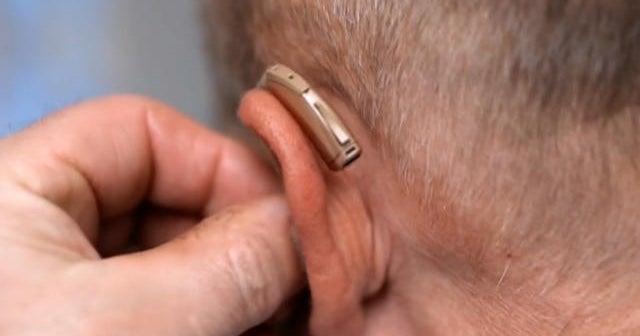Astronauts Sunita Williams and Barry Wilmore are set to extend their stay at the International Space Station (ISS) until early 2025. While this prolonged duration will provide valuable insights, it also poses health risks, including a condition known as space anemia.
What is Space Anaemia?
Recent research has shed light on the effects of microgravity on the human body. A study titled, ‘Hemolysis contributes to anemia during long-duration space flight,’ published in Nature Medicine found that astronauts experience a decline in red blood cell mass during extended space missions. This reduction can have long-term implications for their health.
The study, conducted by Trudel and colleagues, monitored 14 astronauts on 6-month ISS missions, and revealed increased levels of red blood cell destruction, known as hemolysis. This phenomenon persisted even a year after returning to Earth.
Causes of Space Anemia:
– Microgravity: In space, the body doesn’t need to work as hard to maintain blood flow, leading to a decrease in red blood cell production.
– Hemolysis: The destruction of red blood cells increases in space, leading to a reduction in overall red blood cell count.
– Fluid Shifts: Upon arrival in space, fluids shift towards the upper body, causing a temporary increase in blood volume, but this effect wears off, and the body adapts by reducing red blood cell production.
Effects of Space Anemia:
– Fatigue and Weakness: The body destroys red blood cells faster than it can produce them in space, leading to fatigue and weakness.
– Reduced Mental Performance: Space anemia can cause reduced mental performance and cognitive impairment.
– Bone Loss: Prolonged exposure to microgravity can lead to bone loss and osteoporosis.
– Muscle Atrophy: Space anemia can cause muscle atrophy and reduced muscle mass.
– Cardiovascular and Vision Changes: Prolonged exposure to microgravity can lead to cardiovascular and vision changes.
Prevention of Space Anemia:
– Regular Blood Tests: Regular blood tests to monitor red blood cell count and hemoglobin levels.
– Adequate Nutrition: Ensuring adequate nutrition to support red blood cell production.
– Regular Exercise: Regular exercise to maintain muscle mass and cardiovascular health.
– Mitigating Microgravity Effects: Developing strategies to mitigate the effects of microgravity on red blood cell production.
– Monitoring and Adaptation: Closely monitoring astronauts’ health and adapting to any changes to prevent space anemia.
To mitigate these effects, NASA will closely monitor the astronauts’ health, conducting regular blood tests and ensuring adequate nutrition and exercise. Researchers are also exploring strategies to counteract the impact of microgravity on red blood cell production.
Williams and Wilmore will return to Earth via SpaceX Dragon, and their extended stay will provide valuable insights into the effects of microgravity on the human body.







